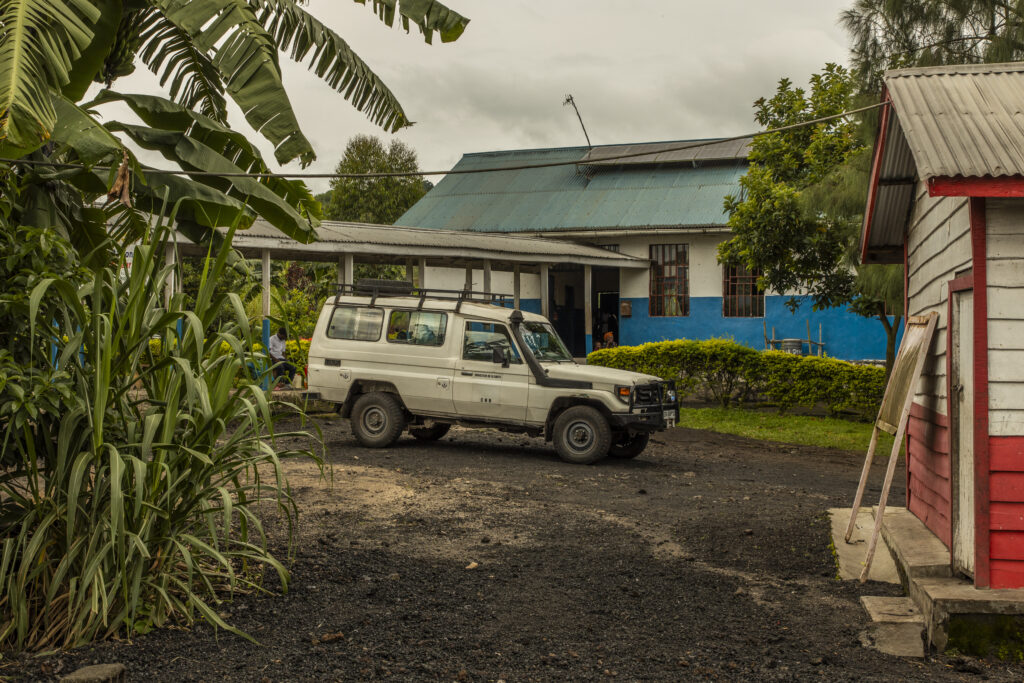The Staff
CHR currently employs 21 people, including two doctors, six nurses, a pharmacist, accountant, laboratory technician, sonographer, nutritionist, midwife, hygienist, nutritionist, driver, chaplain and other support staff. Around 50% of these staff have their salaries sponsored through Comfort International which allows them to continue their crucial work. This leaves around 10 staff still in need of sponsorship. If this is something you would like to help with, please get in touch with us.
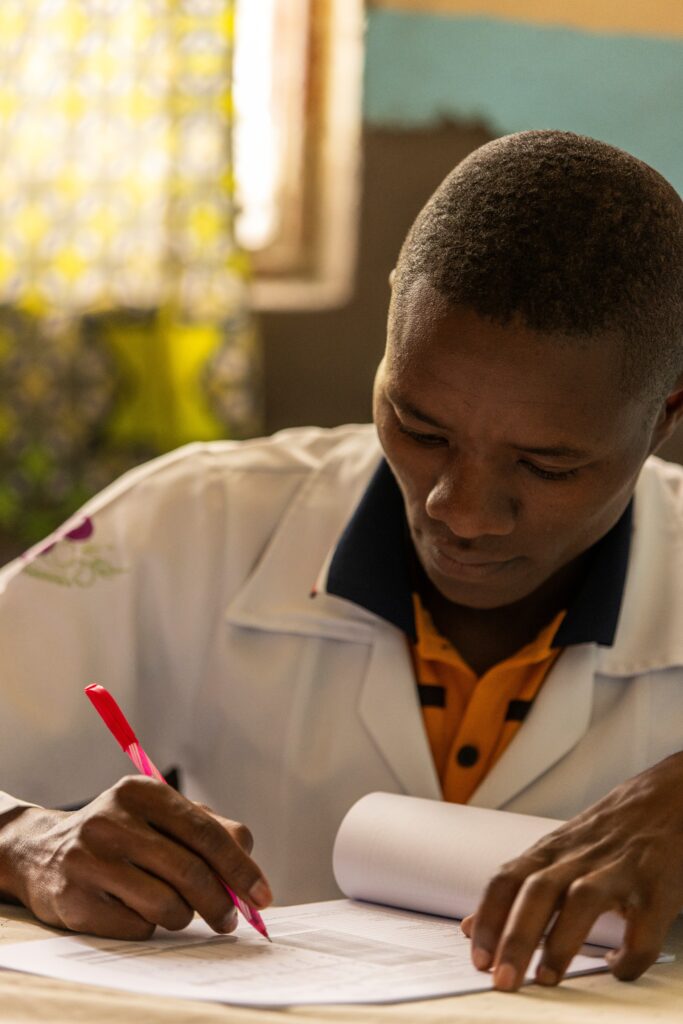
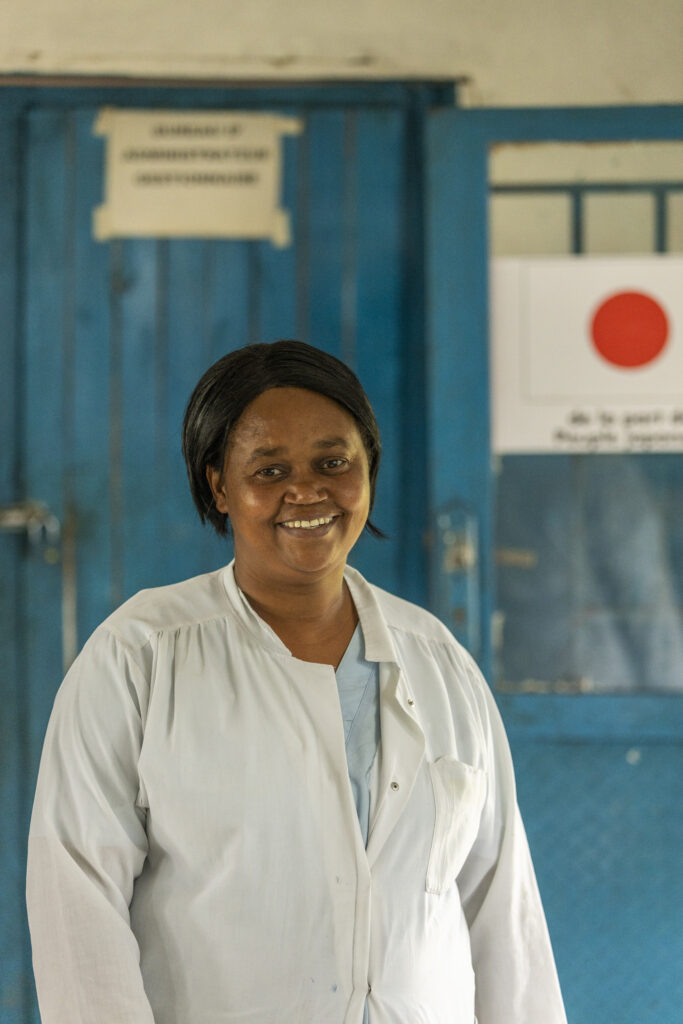
Nathalie (above right) is a midwife in the hospital and shared with Creative Manager Chris Hoskins that, before she was a part of the sponsorship program, she and her family struggled to get by. They could not always afford to pay for school fees, transport to the hospital for work or for food. Being sponsored brings her so much joy because she doesn’t have to worry about these things.
She also told us that it takes her 2 hours to get from home to the hospital for work, followed by a shift lasting anything from 7 – 16 hours and then the journey home. The journey is not an easy commute. Most of the roads in Goma are vaguely flattened stretches of hard volcanic rock – imagine a bus trying to navigate the Giants Causeway and you’re close to imagine the jostling and discomfort that journey entails.
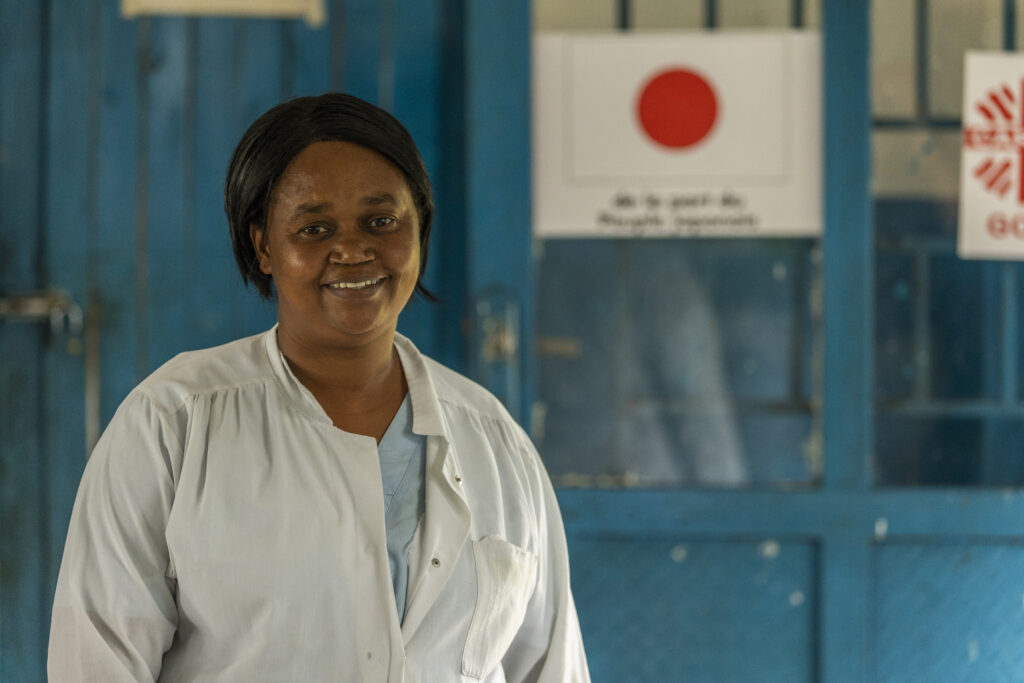
Although sponsorship has improved Nathalie’s life and her family’s lives, Nathalie still has worries. She worries for her patients at the hospital because many of the women she cares for during pregnancy and childbirth are very vulnerable and don’t have enough to provide for their own needs, let alone their babies. The hospital tries to do what it can to support them practically as well as medically, but they often don’t have enough baby clothes to give out and can’t support everyone that comes. Nathalie also worries about the size of the hospital. It is too small and there are too many patients needing seen, meaning that people often need to share beds and resources. They need all the support they can get to provide a high level of care to the thousands of families that depend on them for their lives.
The Patients
In 2023, CHR attended 4526 external consultations, and assisted 848 childbirths including 189 caesarean sections. They carried out 46 major and 136 minor surgeries and treated 169 cases of diarrhoea; something which in the Western world can be easily treated but without the hospital, many of these cases would have died from dehydration. They treated over 1000 cases of malaria and over 700 cases of typhoid, cholera and AIDS, with almost 2000 hospitalisations which, for a 37 bed hospital, sometimes led to 3 people per bed and mattresses on the floor. They also treated 414 rape survivors, an ever-increasing number due to the endemic sexual violence. The hospital commented that “during this year there were numerous patients following the displaced people coming from several villages to the Rusayu displaced people camp, following the M23 war”. The conflict in the area surrounding the hospital means thousands of displaced people are passing through and receiving treatment at the hospital which is a beacon of light in the darkness and fear. The constant violence and instability makes conditions difficult and dangerous for staff and patients alike.

Josephine* lost her husband during one of the periods of unrest in North Kivu, leaving her as a single mother of 5 children. When she was in the bush trying to survive, she was attacked, beaten and raped. She said that she felt heartbroken and was taken to CHR to be checked over. She felt safe at CHR. The hospital staff recognised that Josephine had been raped and took care of her physical needs. On top of this, they referred her to the Heshima Project to receive ongoing support and provision. Josephine said that the financial support from her sponsor has helped change her life, but that the teaching and support she receives through Heshima has helped to heal her heart.
The Facilities
The hospital is made up of two main buildings – one is used for almost all services combined; internal medicine, maternity and paediatrics together with triage, the laboratory, pharmacy and nurse duty room. The other main building is used for consulting, minor surgery, meeting rooms and offices. A smaller third building is used as an isolation facility for contagious diseases. One final building was completed with the view to become a nutrition wing, providing services to malnourished families and children, particularly those displaced and vulnerable due to the ongoing war, although this unit is not yet fully functioning due to a lack of funds.
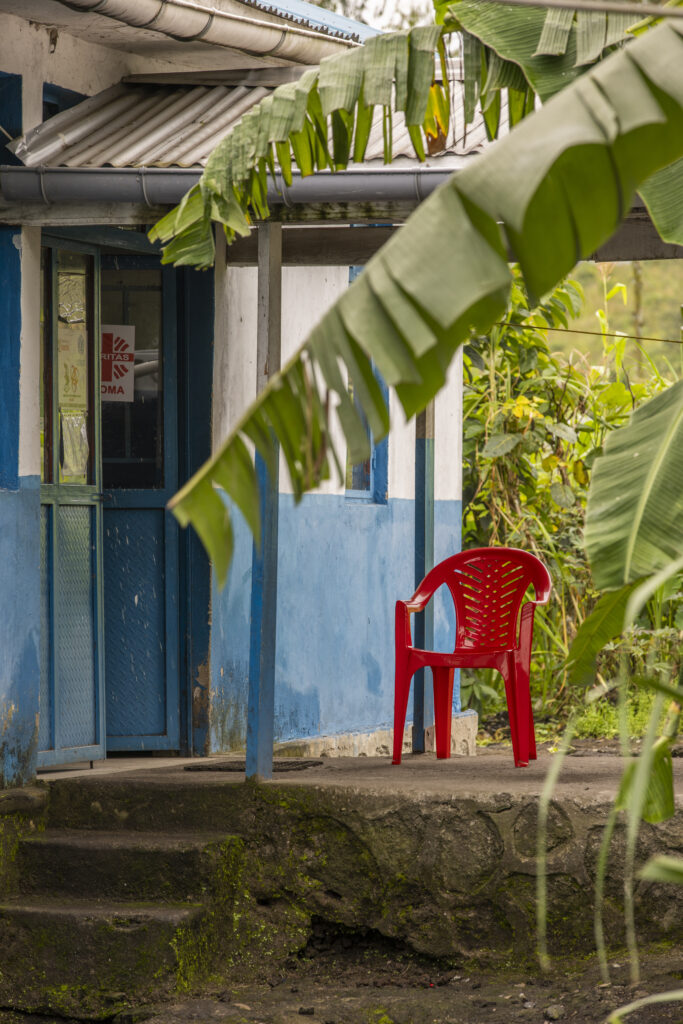

Last year, Michael and Anne Yarney set out on an epic fundraising campaign, cooking in their garden for months, to raise money for a much-needed new kitchen for the hospital. It has now been built (left) in stone and is ready to be kitted out!
Another exciting addition is the new garage (right) for the ambulance. Leaving the ambulance outside the hospital was proving dangerous and it became clear a garage was needed to ensure security for the essential vehicle. Although a couple of bits and pieces need finished off it is already providing that extra security for the ambulance and the staff are much happier knowing it is safely locked away.

It’s been wonderful to be able to support the hospital through the purchase of new equipment over this last year. There was a desperate need for a new operating bed, as the old one was becoming worn and unfit for purpose after serving through thousands of caesarean sections. A generous donation sees a new operating bed (below) recently installed! We’ve also been able to provide new patient beds and mattresses to help match the increased demands. A new cardiac monitor and oxygen concentrator was sent and Jean Bakire (the hospital administrating manager) writes, “Cardiac Monitoring was of great use during this year in all cases of caesarean sections and all cases of major surgery. This device served 235 emergency cases and all hospitalisation cases overall for monitoring vital signs. The oxygen concentrator was also very useful at the CHR. It served all cases in the emergency care department and in intensive care 79 cases including 28 from paediatrics.”
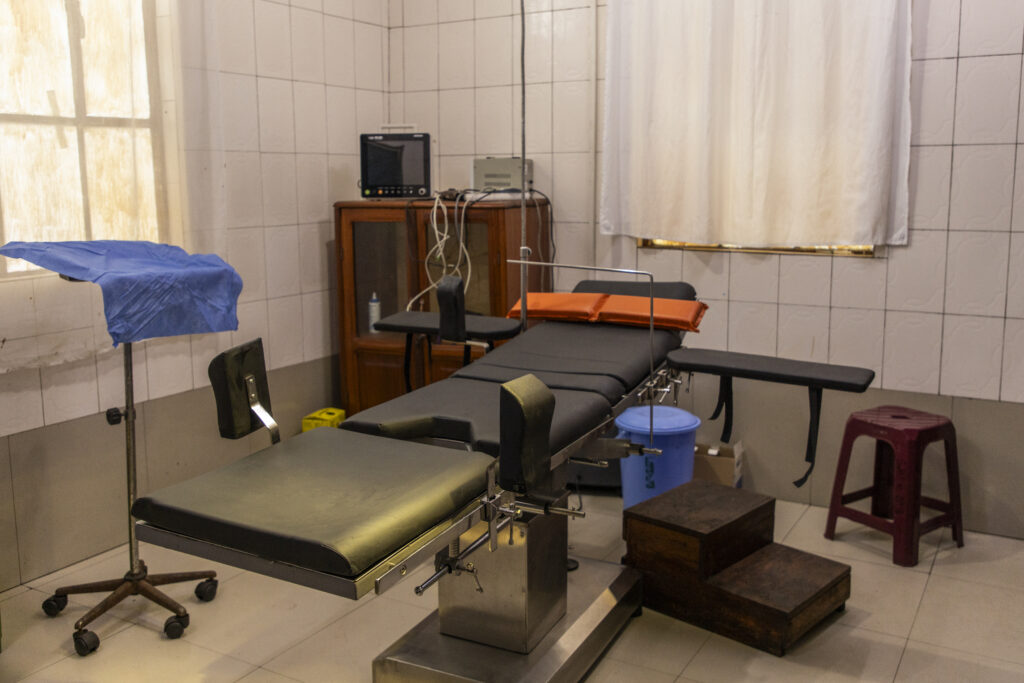
Challenges
There have been many wonderful steps forward for CHR over the last year, but the truth remains that life at the hospital is incredibly challenging both for the staff and the patients and there is still an urgent need for funds and support. At the top of their priorities they have put renovation of the walls in the current buildings which are in need of repair, the recruitment of a hygienist and the construction of a laundry room for the relentlessly busy hospital, x-ray and haematology (blood cell count) machines and continuing funds for medicines, staff costs and ongoing maintenance. It is clear that there is a need both for one-off but especially for regular on-going donations to help the hospital provide the life-saving service that reaches the needy and dying in North Kivu, DRC.

Some very exciting news is that this very week ground has been broken (above) to construct a large new building so that the maternity and general units can be separated. The Congolese government is funding the new building which will include a modern surgery room, maternity facilities, laboratory, and pharmacy.
Please continue to pray for the staff and patients at the Central Hospital Rusayu and support them in any way you can. We are in continual awe of our partners and the way the staff at the hospital continue bravely in the face of limited resources and distressing external circumstances. Every life they save is a life worthy, a life loved, a life renewed. Please help us to help them continue this incredible work.
Thank you.
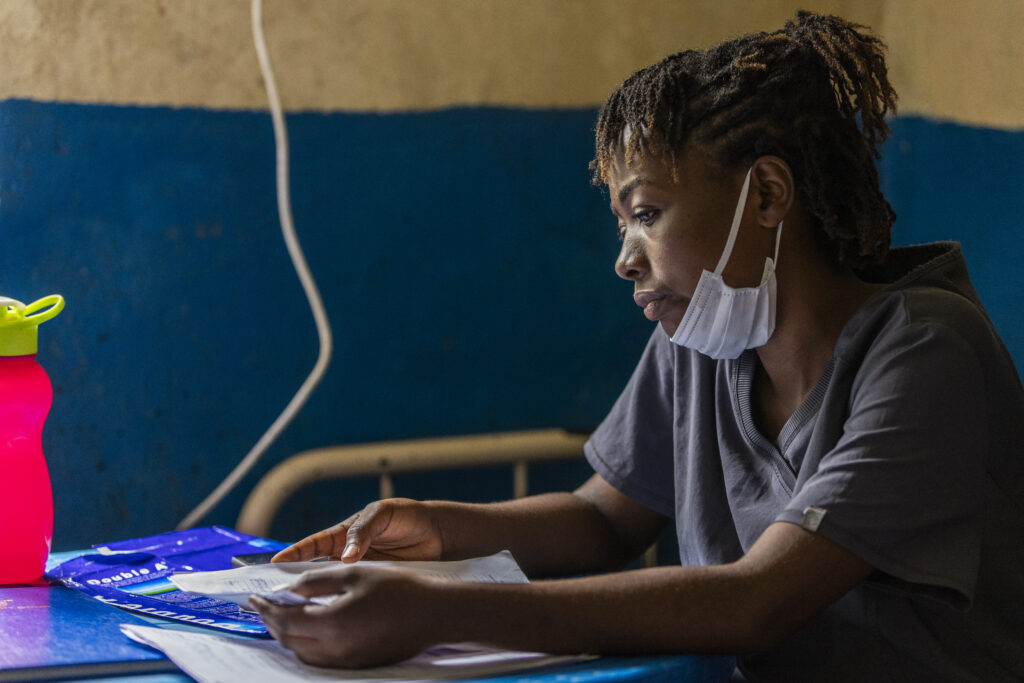
*Names changed to protect identity

